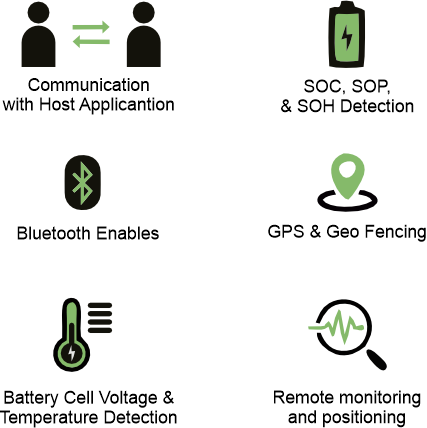Technology
Harnessing the Power of LIB Technology for a Sustainable Future
1 Different Types of Cell Chemistry
 NMC (Nickel Manganese Cobalt Oxide)
NMC (Nickel Manganese Cobalt Oxide) LFP (Lithium Iron Phosphate)
LFP (Lithium Iron Phosphate) LTO (Lithium Titanate)
LTO (Lithium Titanate) High Rate Charge & Discharge Cells
High Rate Charge & Discharge Cells
1 Advantages: High energy density, good lifespan, and balanced performance.
2 Applications: Commonly used in electric vehicles (EVs) and portable electronics.
1 Advantages: Excellent thermal stability, long cycle life, and safety.
2 Applications: Widely used in EVs, energy storage systems, and power tools.
1 Advantages: Fast charging, long cycle life, and high safety performance.
2 Applications: Ideal for high-power applications like ev buses and energy storage.
1 Advantages: Enable quick energy replenishment and high power output.
2 Applications: Used in applications requiring fast energy delivery, such as fast-charging EVs and high-power tools.
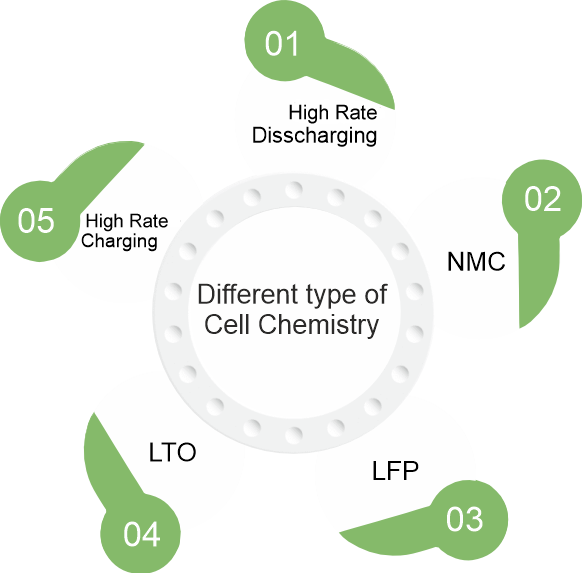
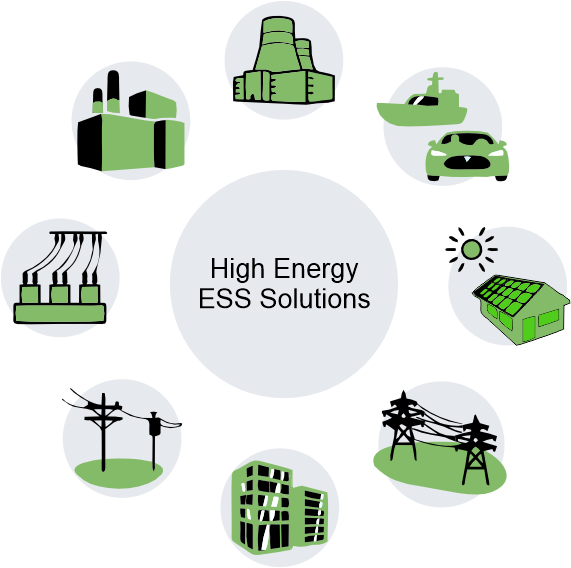
2 High Energy ESS Solutions
High Energy ESS (Energy Storage System) Solutions offer several key advantages, particularly when enhanced by smart communication technology
1 Increased Efficiency: By optimizing energy flow and minimizing losses, these systems ensure that stored energy is utilized to its fullest potential, reducing waste and improving overall system performance.
2 Enhanced Reliability: Smart communication allows for real-time monitoring and management, enabling the system to respond dynamically to changes in energy demand and supply, thereby ensuring a consistent and reliable energy source.
3 Predictive Maintenance: Continuous monitoring through smart communication helps in identifying potential issues before they lead to failures, reducing downtime and extending the lifespan of the system.
4 Dynamic Energy Management: The ability to adjust energy distribution based on real-time data ensures that energy is delivered precisely when and where it is needed, making these systems ideal for applications requiring quick and efficient energy deployment.
5 Sustainability: By enabling better integration with renewable energy sources and optimizing energy usage, High Energy ESS Solutions contribute to a more sustainable and environmentally friendly energy infrastructure.
3 High V Battery upto 32Kw and beyond for EV
High voltage (HV) battery packs, particularly those with capacities up to 32kW and beyond, offer several key advantages for high-power electric vehicles (EVs)
1 Superior Power Output: HV battery packs deliver higher power, enabling more robust performance and faster acceleration in EVs.
2 Enhanced Efficiency: These batteries operate at higher voltages, reducing energy losses and improving overall system efficiency.
3 Extended Range: The increased energy capacity of HV battery packs allows for longer driving ranges on a single charge, addressing range anxiety concerns.
4 Improved Acceleration: The higher power output from HV batteries provides quicker acceleration, enhancing the driving experience in high-performance EVs.
5 Longer Cycle Lifespan: HV batteries typically have a longer cycle life, meaning they can endure more charge and discharge cycles before experiencing significant degradation.
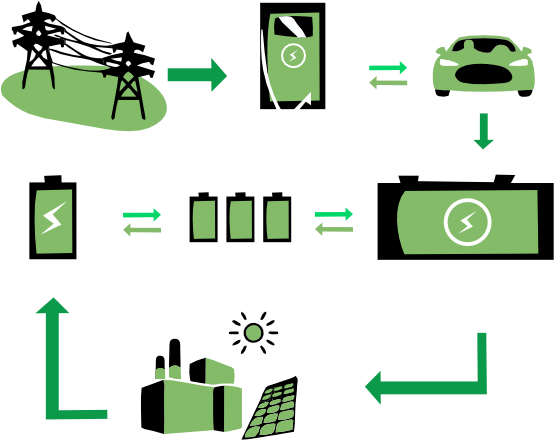
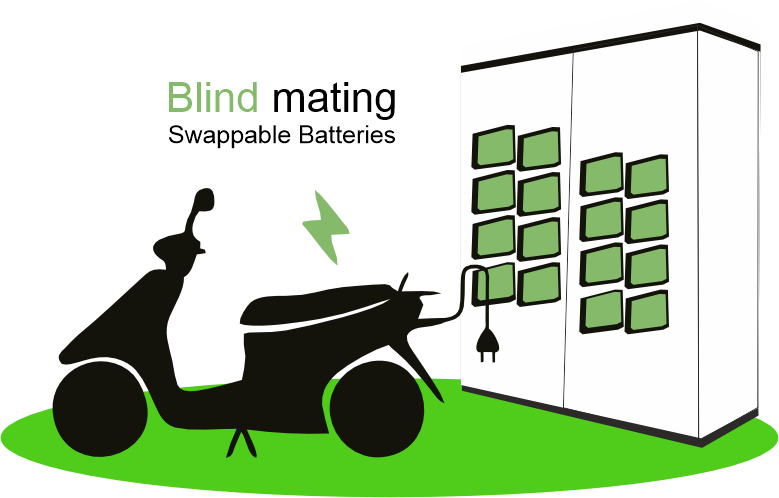
4 Blind mating Swappable Batterie
Blind mating swappable batteries revolutionize the battery swapping process by making it faster and more efficient. These batteries are designed to align and connect automatically, without requiring visual confirmation or manual alignment.
1 Streamlined Battery Swapping: These batteries simplify the swapping process, allowing for quicker and more efficient battery changes.
2 Error Reduction: The design ensures correct placement without the need for visual verification, greatly reducing the risk of incorrect installation.
3 Damage Mitigation: By minimizing the need for manual alignment, blind mating batteries help prevent potential damage to connectors and other components during the replacement process.
4 Increased Reliability: The automated alignment and connection ensure a consistent and reliable battery swap every time, improving overall system dependability.
5 In-house BMS
In-house Battery Management System (BMS) solutions offer a comprehensive suite of features designed to enhance the performance, safety, and reliability of battery systems. These BMS solutions are tailored to communicate seamlessly with the host application, providing real-time data on State of Charge (SOC), State of Power (SOP), and State of Health (SOH). This ensures that the battery is always operating within optimal parameters, extending its lifespan and improving efficiency.
Additionally, the BMS is Bluetooth enabled, allowing for convenient wireless monitoring and control. The system also includes advanced detection capabilities, monitoring battery cell voltage and temperature to prevent overheating and ensure balanced charging and discharging.
1 Seamless Communication: Real-time SOC, SOP, and SOH data exchange with the host application ensures optimal battery management.
2 Bluetooth Enabled: Wireless monitoring and control for convenience and ease of use.
3 Advanced Detection: Continuous monitoring of battery cell voltage and temperature to prevent issues and ensure safe operation.
4 GPS & Geo-Fencing: Enables accurate tracking and security management of the battery system.
5 Remote Monitoring: Provides real-time updates and alerts, ensuring comprehensive control over the battery system from any location.
